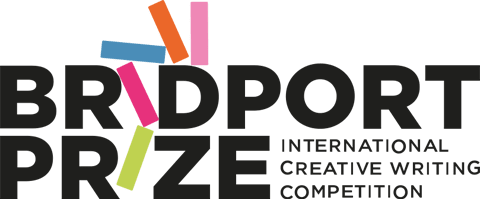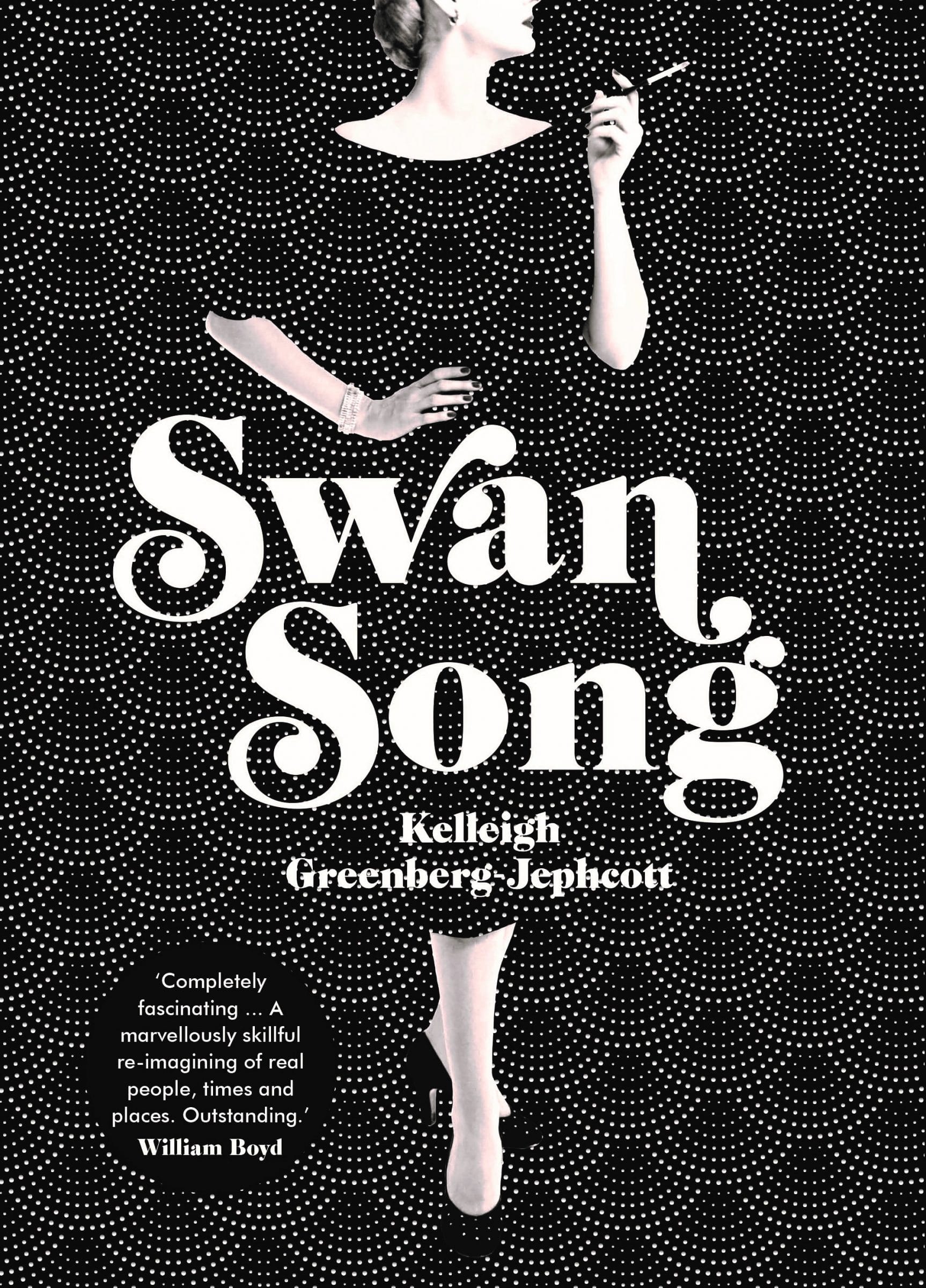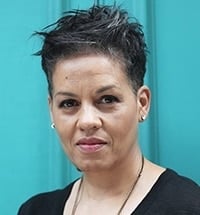Masterclass with…
Kelleigh Greenberg-Jephcott, Novelist.
Swan Song was longlisted for the Women’s Prize for Fiction, won the McKitterick Prize and was a Times Book of the Year.

When Truman Capote published In Cold Blood in 1966, he invented what he called the Nonfiction Novel— applying fiction techniques to methodically researched fact. When asked that same year by the New York Times why he chose to write a fictionalised account of an actual murder case, Capote’s answer was that his motive was ‘altogether literary’.
He had long considered the potential of this technique, which would pave the way for both the school of New Journalism and True Crime genres. Many of our great works of literary fiction— groundbreaking in terms of form, voice and vision— utilise fact as a catalyst for bold acts of creativity.
Inspiration comes from all places, but for me, Capote’s grand experiment provided the blueprint for not only my debut novel Swan Song, about Capote’s own seismic betrayal of his inner circle— but for most of the narratives in my stable of ideas.
Freedom in research
The process of investigating factual narrative events, taking research to a near-forensic extreme, can embolden a writer to experiment with fiction techniques. Capote famously travelled to Kansas to research the details of the senseless murder of the Clutter family for over six years in the early 1960s. His diligence bought him the authority to tell his fictionalised narrative from the perspectives of everyone from the killers themselves to the lawman who pursued them. My own process was a matter of diving into archives with equal zeal. Devouring everything from Capote’s oeuvre to publications and films of the period, alongside letters, diaries and photographs, whose smallest details might inspire a scene or chapter.
Gateway to emotional truths
I’m often asked about the pressure of fictionalising characters who existed, imagining what they might have felt or said. For this I used Capote’s own Litmus test. Had I sufficiently researched a character to feel that I understood and could honour what their perspective might have been? Could I feel confident that I’d done the work to convey their viewpoints, passions and ideals, while still telling a compelling story? The line between Fiction and Non can prove a tricky one. An author’s research needs to inform and empower, rather than constrain. I came to rely on factual knowledge as my gateway to emotional truths.
Footing in form
Whenever I stumbled, I found my footing in form. In the manner of storytelling. In shifting perspective. It occurred to me that in approaching his closest friends as subjects, Capote had robbed them of agency. That six women who were considered the ‘influencers’ of their day would be remembered in association with Capote rather than as the powerful figures they were in life provided my initial ‘in’ into their story. Early in the writing process, a vengeful Collective Voice took shape, controlling the narration from a plural perspective, invoking a Greek Chorus of sorts. As it developed, this narration assumed the function of the lethal gossip that threatened the society Capote preyed on. After a decade of research, I felt I’d finally found the voice of the novel.
My Bridport Prize submission
As I prepared my 2015 Bridport submission, however, my Chorus began to rattle its collective cage. I knew that something more was needed to tell the story I was grappling with. It occurred to me that the very narration I’d crafted to fictionalise the response to Capote’s betrayal was stifling my heroines. I found that what was initially my manuscript’s greatest strength had become its biggest challenge. I realised that I myself was guilty of grouping my protagonists together as Capote’s ‘flock’— repeating history. It became vital to restore their individual voices, as Soloists breaking free from the established Chorus. This stumbling block became a liberating source of inspiration. Further research into musical forms tailored to each allowed me to convey their unique narrative perspectives.
Facts as fuel
There is something about knowing the outcome of true events that can unleash unexpected feats of creativity. Capote habitually began with the ending of a tale and worked his way backwards. Knowing the narrative endgame can inspire fidelity, or prompt a choice to go in another direction altogether. Once the skeletal structure of a novel is in place, a writer has all the more freedom to ‘play’ in terms of technique. It can be as simple as choosing which character’s lens to view the story from, or experimenting in terms of style or structure.
The best Nonfiction Novels allow the reader to lose themselves in the narratives of their subjects. In the end it matters little if the novel is about a famous figure, an obscure crime, a work of autofiction, or a sweeping saga. What matters is that facts have inspired a wholly original work of art, that transports the reader. As Capote suggested, the most important thing is to ‘choose a promising subject’ and allow it to sing.







